The DJI Mavic 3 was already one of the most impressive drones that we've ever tested, so when we got word of a Pro variant, we were pretty excited.
Now, we have it in our hands, and the biggest change is plain to see - the camera module has expanded in size and now features three sizable lenses offering a variety of focal lengths.
DJI has gone with the smartphone approach, multiplying the cameras in order to allow for versatile shots that suit a wide range of scenarios.
We’ve been flying with it over the last couple of weeks, and here’s what we learned.

DJI Mavic 3 Pro
With the Mavic 3 Pro, DJI takes its flagship craft and adds an additional camera, while improving its existing telephoto offering. It also adds package deals with its excellent DJI RC remote. If you're seeking the best of the best, this might be the one for you.
- Additional camera is very useful
- RC Pro controller is a huge improvement
- Unmatched tracking capabilities
- Superb and stable flights
- The cameras have different capabilities
- Some accessories feel lower quality
Choosing your options
- With DJI RC - $2199 / €2099 / £1879
- Fly More Combo with DJI RC - $2999 / €2799 / £2549
- Fly More Combo with DJI RC Pro - $3889 / €3499 / £3169
- Cine Premium Combo - $4799/ €4599 / £4109
As with the original Mavic 3, and most of DJI's other offerings, there are a variety of ways to purchase the Mavic 3 Pro. The key difference, this time around, is that the standard remote has been upgraded to the DJI RC, rather than the RC-N1 remote that came as standard on the Mavic 3 and Mavic 3 Classic.
If you're not familiar, the DJI RC was introduced alongside the Mini 3 Pro last year. Instead of relying on your smartphone, the DJI RC essentially has an Android handset built right into the remote. It's much more convenient to set up, plus, your phone isn't tied up for the duration of your flight - which is always nice.
If you prefer, you can opt for a Fly More package with DJI's flagship RC Pro controller instead, and that's the version that we have in for testing. The RC Pro adds numerous programmable buttons, as well as a brighter display, 32GB of internal storage, a mini-HDMI output and external antennas. It'll cost you a pretty penny, though.
Elsewhere, the Fly More Combo nets you a carry bag, which is much lighter and more compact than the one included with the Mavic 3, and a lot more convenient to take with you. However, it doesn't feel quite as premium as the older model.
The bag looks the part, though, and features a new magnetic latching mechanism that reminds us of the Peak Design Everyday Backpack. It's functional and very satisfying to use.
The batteries are the same as the Mavic 3, so they can be used interchangeably, which we always like to see. And the included 3-bay charger is identical, too.
Design and features
- Takeoff Weight: 958g
- Dimensions folded: 231.1 × 98 × 95.4mm
- Dimensions unfolded: 347.5 × 290.8 × 107.7mm
- Storage: 8GB internal + microSD card slot
The Mavic 3 Pro is essentially the same size as the Mavic 3, except for the camera unit, which is substantially larger. Elsewhere the design remains largely identical, as far as we can tell.
The new camera unit pushes the weight over the all-important 900-gram mark, and depending on the regulations where you live, that could pose an issue with the legality of flying it. If you want to learn more about drone regulations, we have an in-depth guide to the UK and US requirements here.
Another change is found with the muzzle that reigns in the propellers and gimbal for safe transport. This was introduced with the original Mavic 3, but since the shape and size of the camera unit are so different, a new version was developed for the Mavic 3 Pro.
The new version works in much the same way, and it's still just as effective at keeping everything together and protected, but it feels much more cheaply made than the old one. This isn't going to be a dealbreaker for anyone, we're sure, but it's still a shame to see the material quality take a hit on this accessory.
The flying experience
- Max speed: 21 m/s in Sport mode
- Max flight time: 43 minutes
- O3+ video transmission
Our test flights were conducted in a variety of conditions, mostly mild temperatures around 15 degrees Celsius, and wind speeds ranging from 5 to 25mph. These wind speeds are absolutely nothing to the Mavic 3 Pro, and it remained rocksteady at a hover and nimble in flight.
The specs suggest that this drone should fly with pretty much the same characteristics as the Mavic 3, and that has been our experience so far. The only difference, as far as we can tell, is that the estimated maximum flight time has been reduced from 46 minutes to 43 minutes. This is likely due to the additional weight.
In reality, your flight time will vary depending on how you are flying, and how much wind you’re battling. We were always north of 30 minutes in the air, though, and we’ve rarely needed longer.
One difference that was immediately apparent was the quality of the video downlink to the RC Pro controller. We own the DJI Mini 3 Pro and DJI RC controller, so we're already used to a good video link, but this really steps things up a notch.
The spec sheet tells us that the Mavic 3 Pro transmits to the RC Pro at up to 15 MB/s, compared to just 5.5 MB/s on the DJI RC and RC-N1. This massive difference in the bitrate is probably the biggest selling point for the RC Pro controller. There's also 10ms less latency, but we'd be surprised if anyone could tell the difference in the real world.
As with the standard Mavic 3, the drone's tracking abilities are incredibly impressive. We put it through a bit of a torture test, asking it to follow us cycling through a woodland trail and it outperformed our expectations.
There was a lot of foliage to dodge, and since there was a decent breeze, the branches were moving about too. The Mavic 3 Pro was unfazed, it weaved elegantly between the branches, always keeping us in the shot.
One thing to note is that ActiveTrack only works using the main camera, you can still track a subject with the other cameras, but the drone won't autonomously follow them
Cameras and image quality
- 24mm equivalent f/2.8-f/11 with 4/3 sensor
- 70mm equivalent f/2.8 with 1/1.3-inch sensor
- 166mm equivalent f/3.4 with 1/2-inch sensor
- Up to 20MP stills
- Up to 5.1k 50fps videos
The cameras are where the real difference is made with this model. The superb main camera with its whopping 4/3 sensor and variable aperture remains unchanged from the standard Mavic 3, but the telephoto camera gets a boost, and an intermediary 70mm equivalent is added.
The 70mm camera boasts a sensor size just shy of 1 inch, or roughly equivalent to the iPhone 14 Pro's main shooter, as well as a wide f2.8 aperture to assist with low-light shooting.
The telephoto lens still has a smaller 1/2-inch sensor, but its reach has been increased slightly, from 163mm to 166mm, and its aperture has been opened up to f/3.4, from f/4.4 on the previous model. It's still the weakest of the bunch, but it's an improvement.
The shooting formats and image resolutions remain unchanged from the Mavic 3, the key difference is that you now have more options for your focal length, which can unlock some very interesting and creative shots.
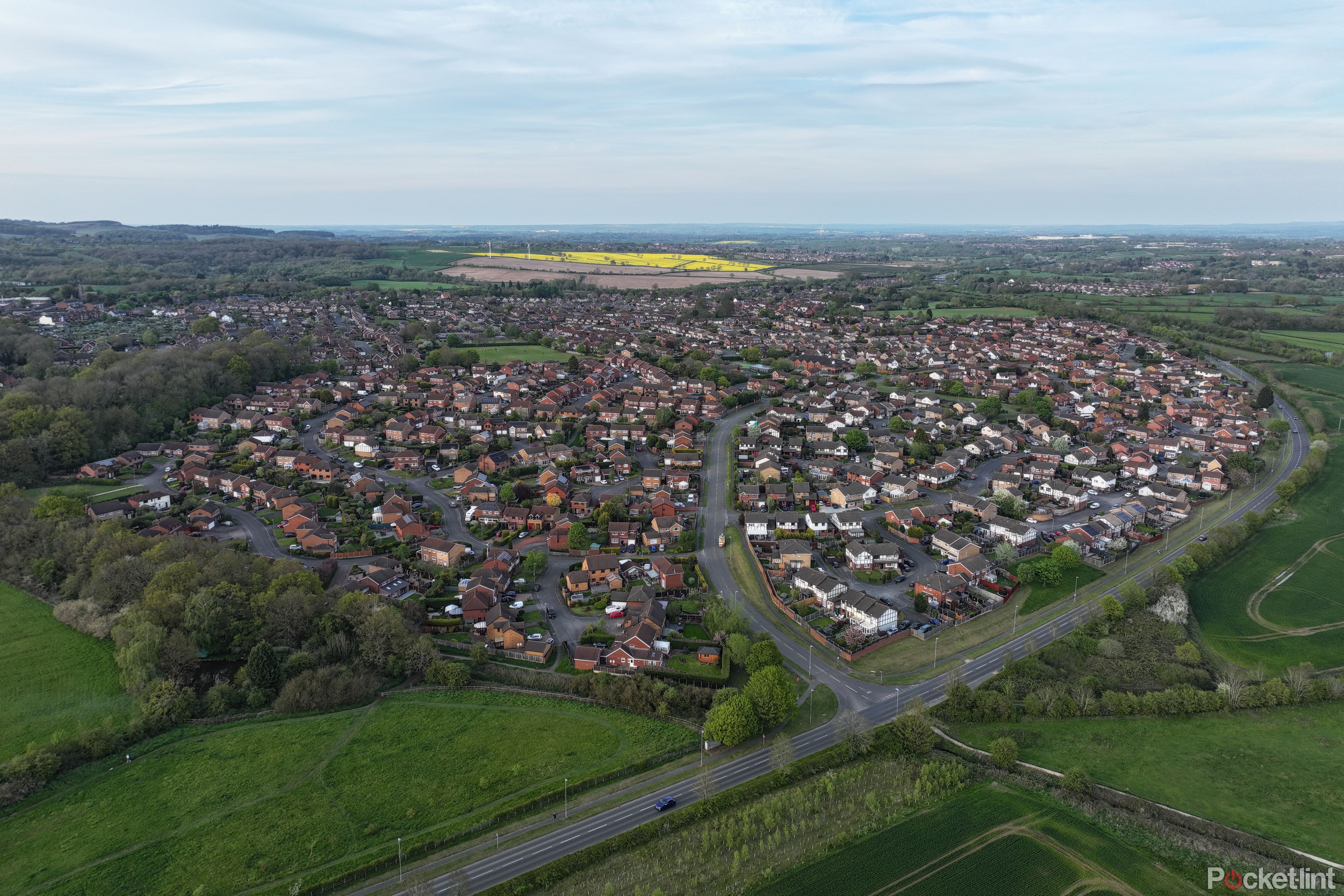
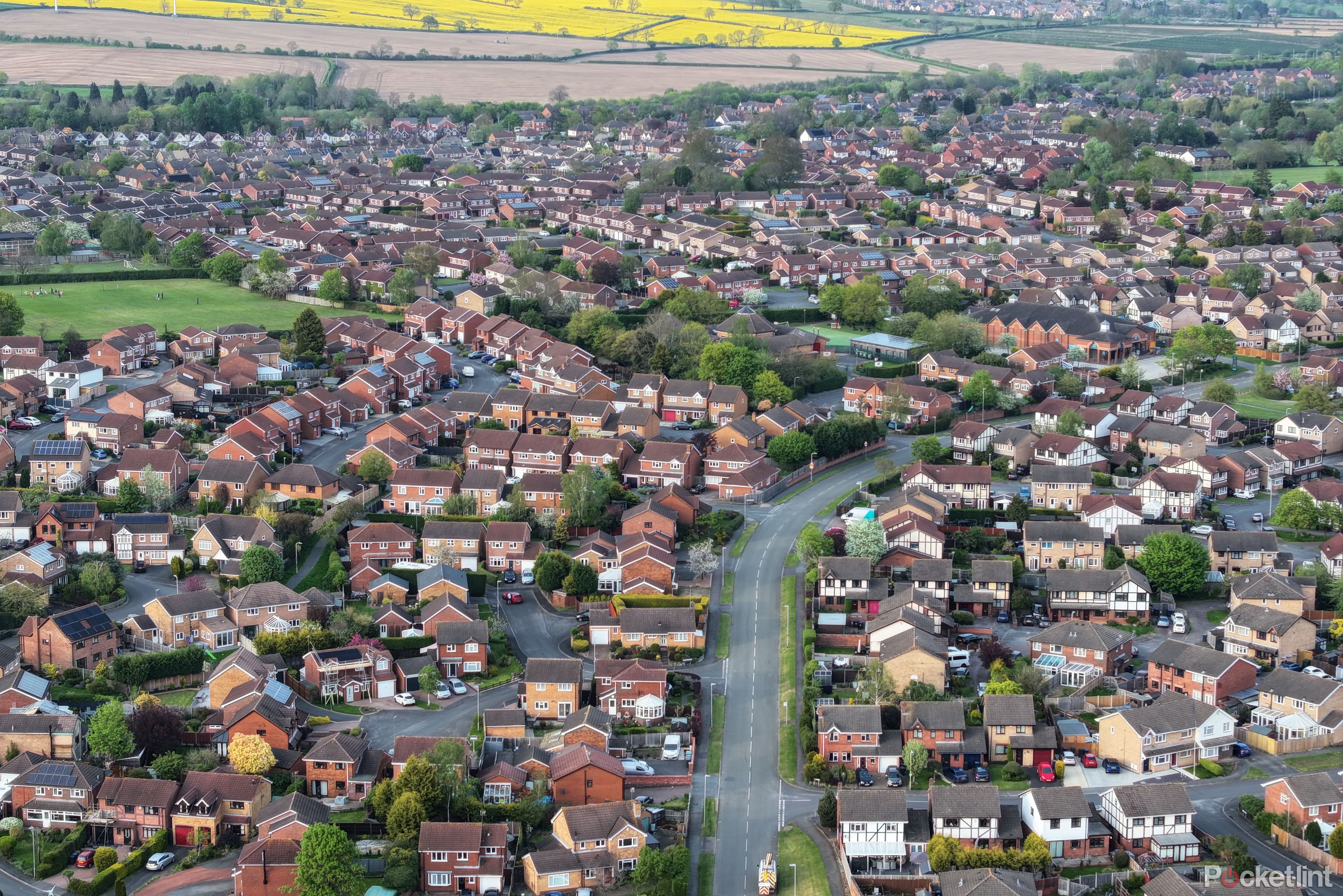
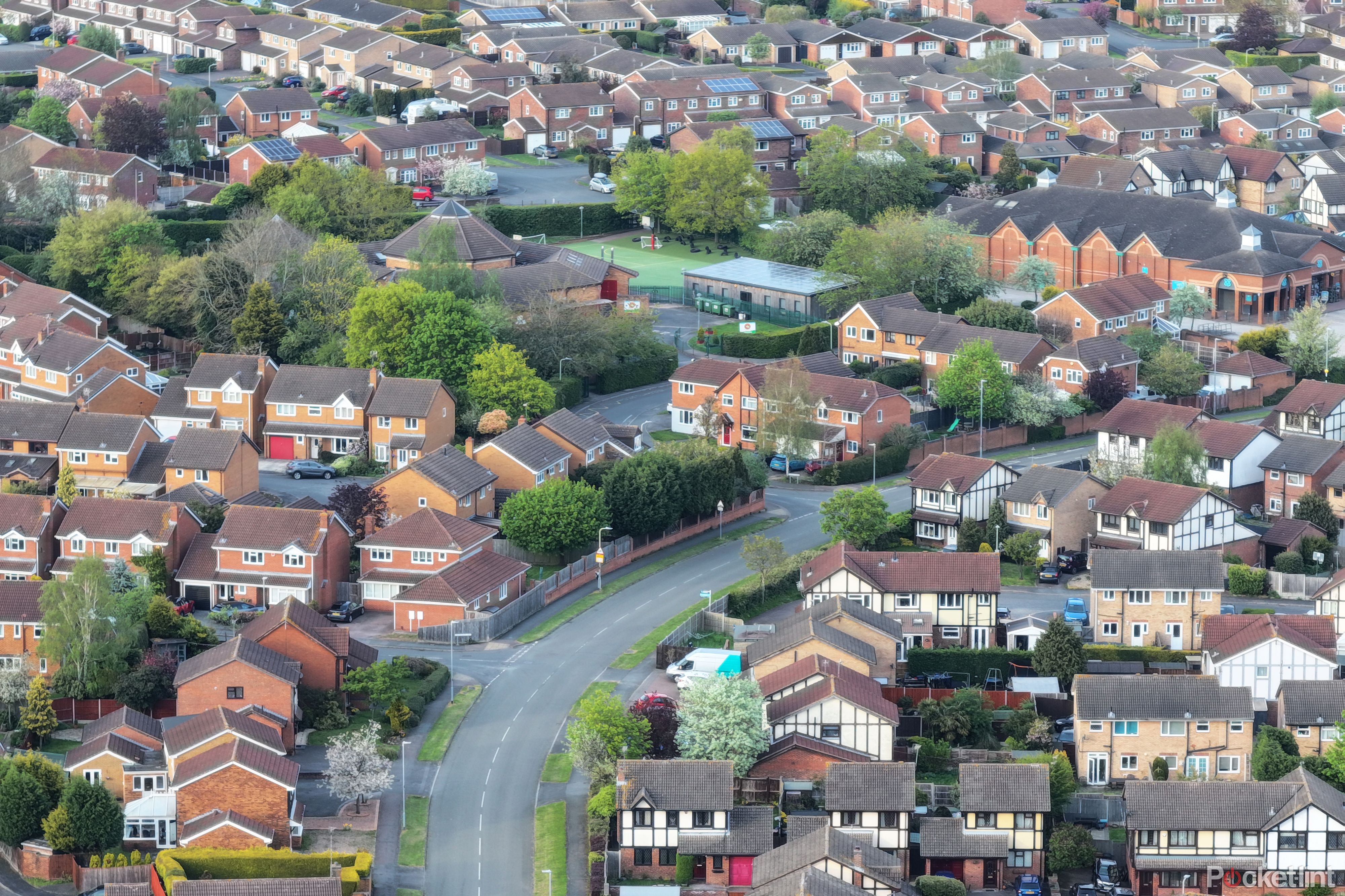
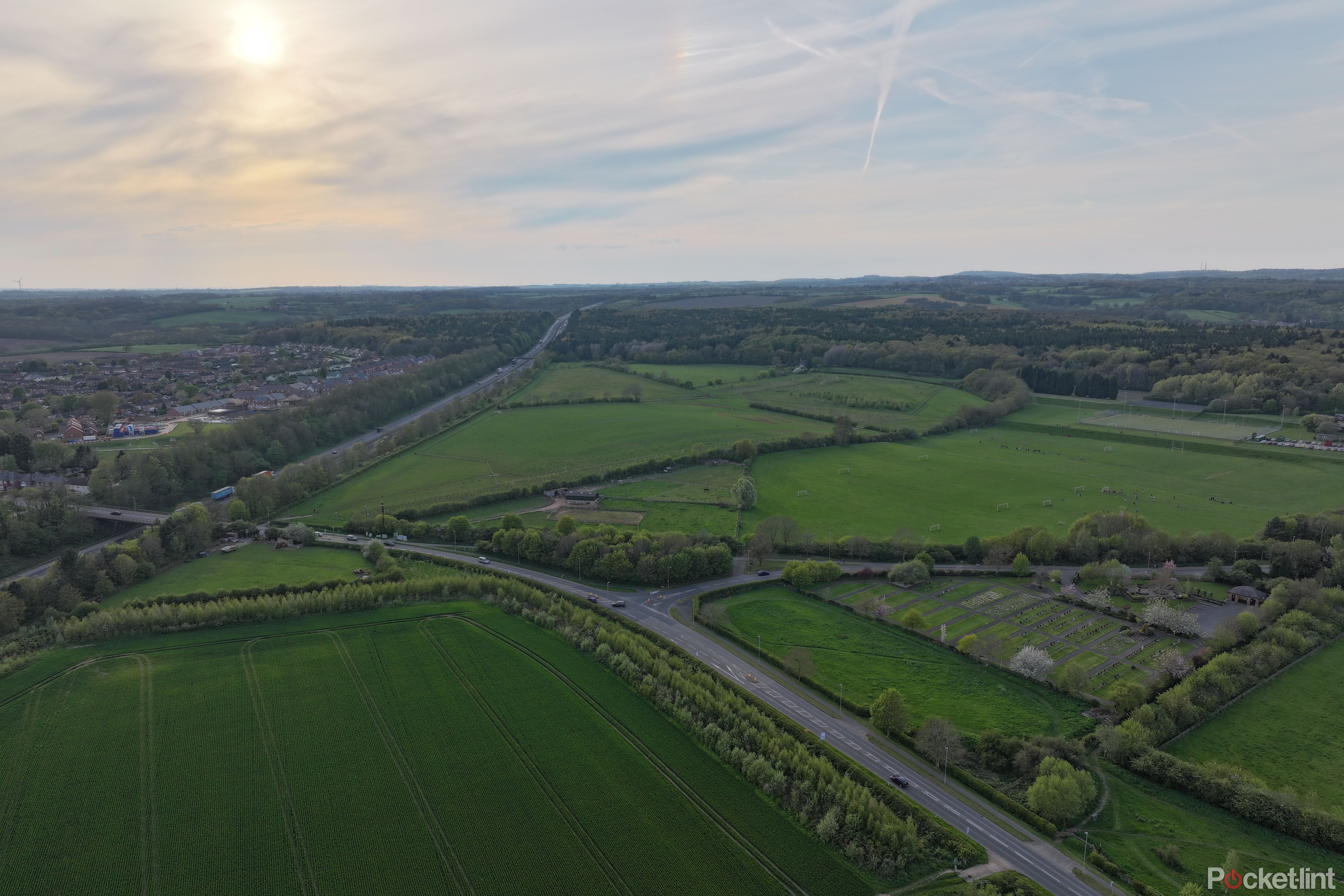
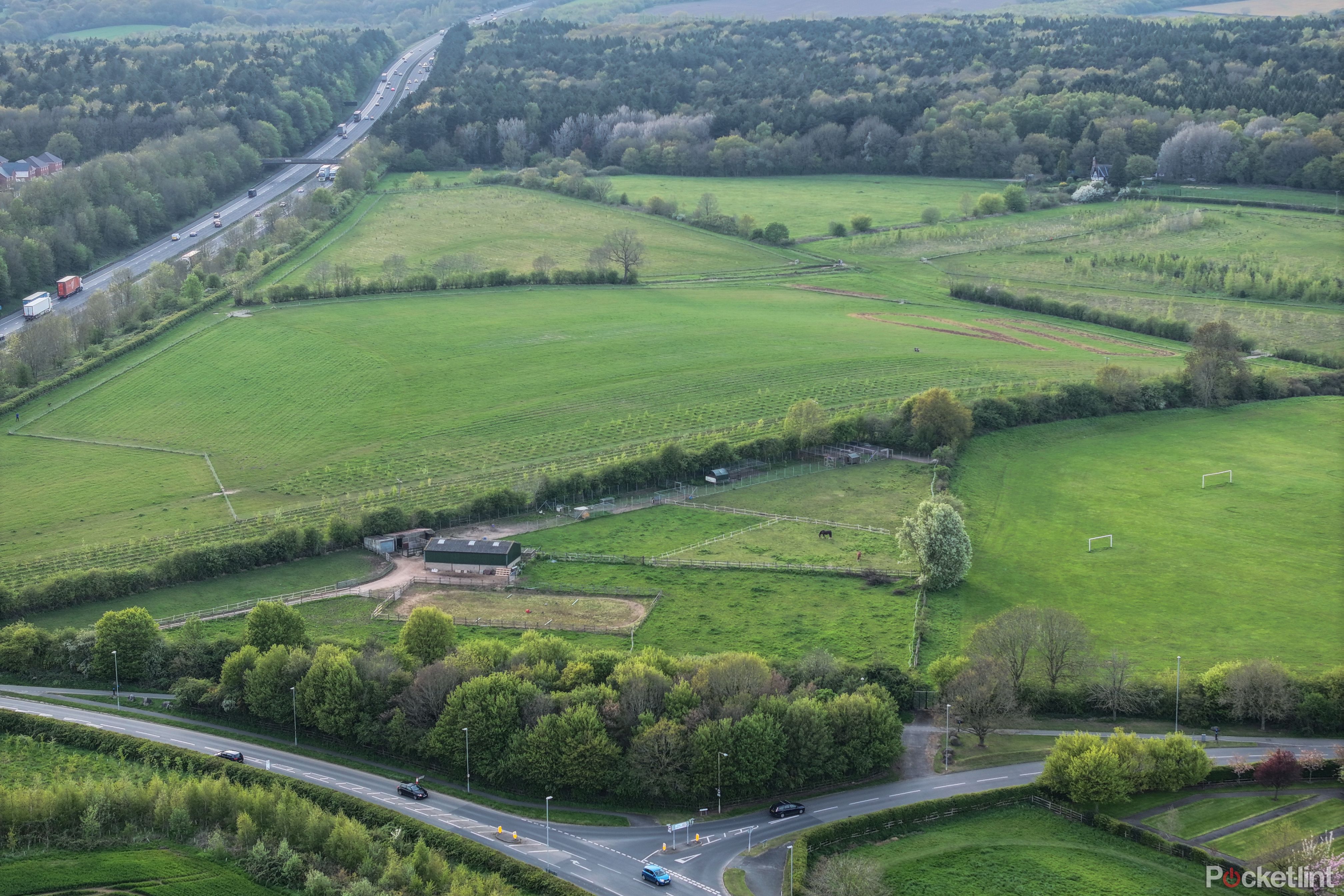
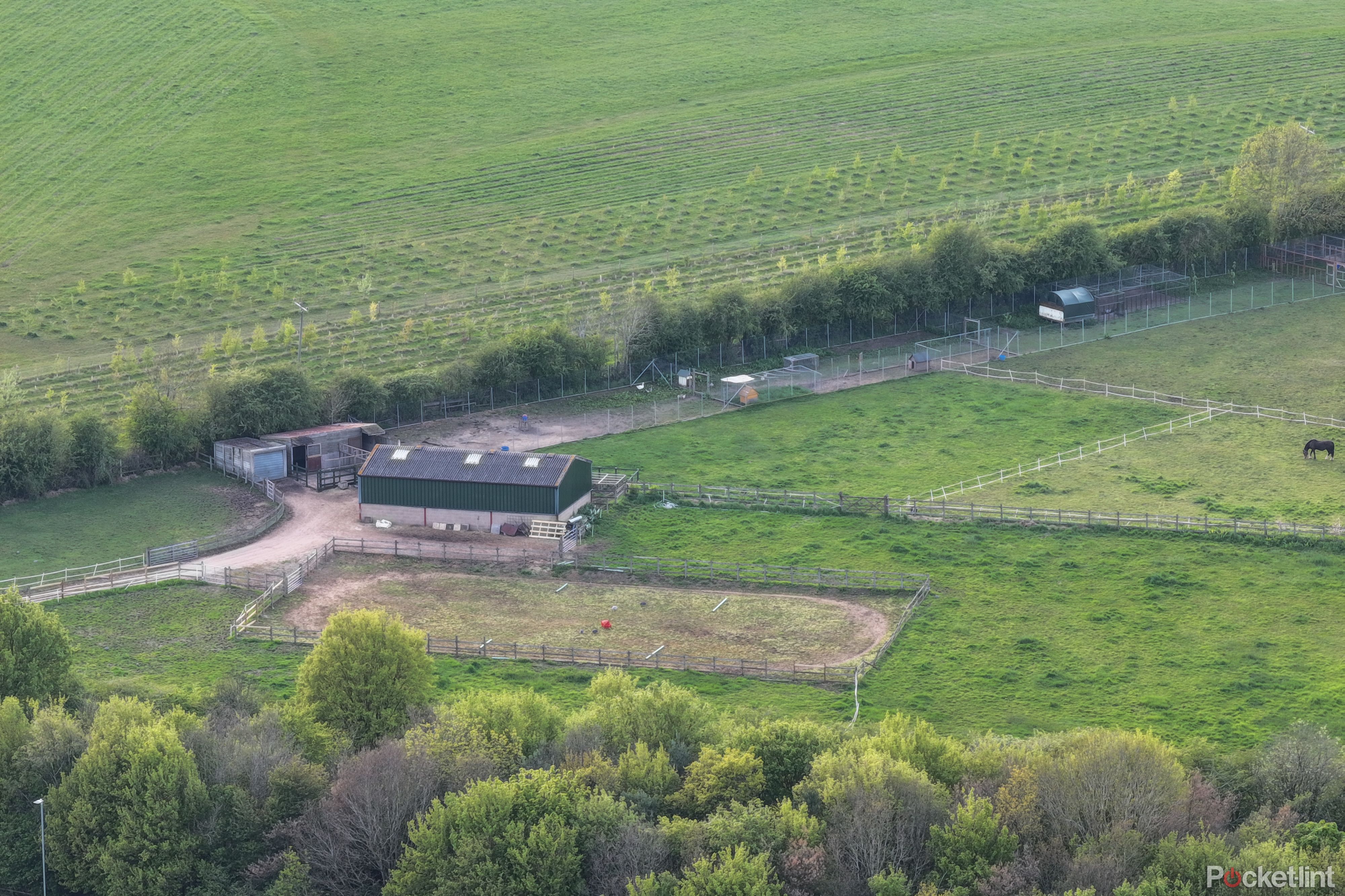
The photo and video quality from the main camera is indistinguishable from the standard Mavic 3, it's the auxiliary lenses that get our attention this time around. The new 3x 70mm equivalent camera is our favourite - it's a very useful focal length, and the image quality is pretty great. Of course, it doesn't quite match the supreme quality of the main sensor, but it's sufficient for most productions and provides a drastically different look to the standard wide-angle drone shot.
The 7x telephoto is fun to play with, even if it does verge on feeling slightly creepy being able to punch in so far. It certainly has its uses, but we found that the fidelity still isn't quite up to the standard set by the other two cameras. For serious work, we'd stick to the main and the 70mm.
One thing that we found slightly frustrating is the fact that each camera supports different resolutions, frame rates and picture profiles - which means that can be hard to use them interchangeably. The 7x telephoto is the most limited, with no log profiles available, whereas the main camera can shoot in DLog and the 3x can shoot in DLog-M.
As a result, you can't switch cameras on the fly - you have to choose your focal length before hitting record, and stop and start the recording to switch cameras. It's not the end of the world, you'll get the best results by planning your shots carefully anyway, but it's a little less convenient than we'd like.
Verdict
We think the Mavic 3 Pro is the best consumer drone that money can buy, just like the Mavic 3 that came before it. It doesn't make the standard Mavic 3 obsolete, by any means, they are essentially the same drone, after all. But, if you like the idea of an additional focal length, the Mavic 3 Pro justifies its cost well.
We're really pleased to see the DJI RC controller become the standard option, too. It's far superior to the phone-clamp style remote that was standard with the standard Mavic 3 and it adds to the value of the new packages.
To us, the fancier DJI RC Pro remote isn't worth the extra outlay, but we can imagine scenarios where it would be. Some professional shoots will need things like an HDMI output, and in those scenarios, the remote becomes a necessity. For most people, though, it doesn't do enough to justify spending around $900 extra on it.
As we said in our Mavic 3 review, this is more of a prosumer drone, and we'd steer casual users towards something like the Mini 3 Pro or Air 2S - which are both more affordable and less intimidating.
But, if you're more serious about your aerial photography, this is a drone that can take your work to new heights. It's as good as it gets without jumping up to something like an Inspire - and that costs over seven times as much - which makes the Mavic 3 Pro look like a bargain, comparatively.








